Holtec International, a U.S. firm, has inked a deal with South Korea's Hyundai Engineering and Construction to build two small modular reactors at Michigan's Palisades nuclear plant. The move signals a nuclear sector revival amid growing electricity needs. The project, pending NRC approval, aims to enhance energy capacity and aligns with low-carbon trends.
Construction of unit 1 at the Lufeng nuclear power plant in Guangdong, China, began on February 24 with the first safety-related concrete pour. This marks the third unit under construction at a site planned for six reactors. The project features four CAP1000 reactors, a Chinese adaptation of the AP1000 design, and two Hualong One units. Upon completion, the facility is expected to generate 52 terawatt-hours of electricity annually, reducing coal use by 16 million tonnes and cutting carbon emissions by over 42 million tonnes, contributing to China’s clean energy goals.
Niedersachsen Ports (NPorts) has installed the first container wind turbine in the Port of Emden, Germany, as part of the EU-funded REDIIPorts project. This innovative system combines wind power, photovoltaics, battery storage, and car charging, generating over 45,000 kWh annually to power port facilities and feed excess energy into the grid. Designed for versatility and efficiency, the project aims to explore sustainable energy solutions, reduce emissions, and enhance climate-friendly practices in ports.
Brazilian plastics manufacturer Azul Pack has developed a reflective membrane, Techreflex, for bifacial solar power plants to enhance albedo and energy production. Available in Techreflex Geo and Film versions, it boosts energy efficiency by up to 15% and protects soil. Scientific studies with UFSC aim to optimize its performance. Its lifespan is 20 years with a 10-year warranty.
Mongolia plans to increase coal exports to China by nearly 20% this year, targeting 100 million tonnes. A new cross-border railway, expected to boost capacity by 30 million tonnes, is part of broader efforts to raise exports to 165 million tonnes. The government is also exploring green energy, hydrogen production, and natural gas transit. Mongolia seeks trilateral talks with China and Russia on the Power of Siberia 2 pipeline while discussing hydrogen exports with Middle Eastern nations. Despite challenges in China's steel sector, Mongolia remains well-positioned to expand its energy market presence.
Tesla has signed a long-term 57MWac power purchase agreement (PPA) with renewable energy company Zelestra in Spain, securing 130GWh of clean energy annually. The supply will come from three solar plants in Ciudad Real. Zelestra, with a 28GW carbon-free portfolio across 13 countries, continues expanding in Spain and globally, including partnerships with Shell, Avery Dennison, and Meta. The company remains committed to advancing renewable energy solutions worldwide.
Core Power’s Liberty programme aims to revolutionize the maritime sector by introducing floating nuclear power plants (FNPPs) by the mid-2030s. The initiative focuses on modular construction, regulatory frameworks, and global supply chains. Targeting a $2.6 trillion market, it will provide resilient energy for heavy industry and ocean transport, with commercial operations starting in the 2030s. Core Power also collaborates internationally to develop safety standards and explore markets like Japan.
An international team led by Peking University has developed a novel hydrogen production method that eliminates direct CO2 emissions. Published in Science, the process uses a bimetallic catalyst to react bioethanol with water at 270°C, significantly lower than traditional methods. It co-produces hydrogen and high-value acetic acid, offering economic and environmental benefits. The scalable solution addresses the chemical industry's challenge of achieving net-zero emissions, advancing the green hydrogen economy and global carbon neutrality goals. The study involved collaboration with multiple international institutes.
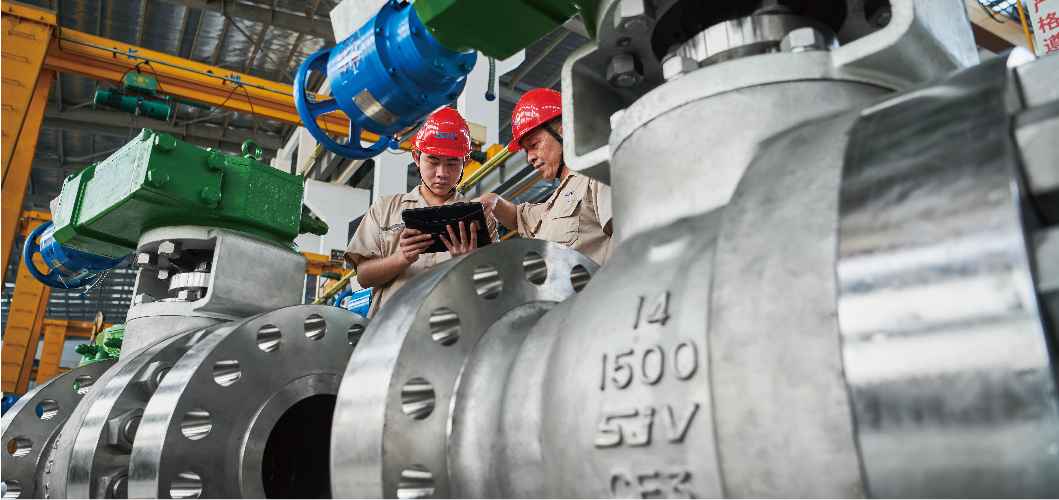
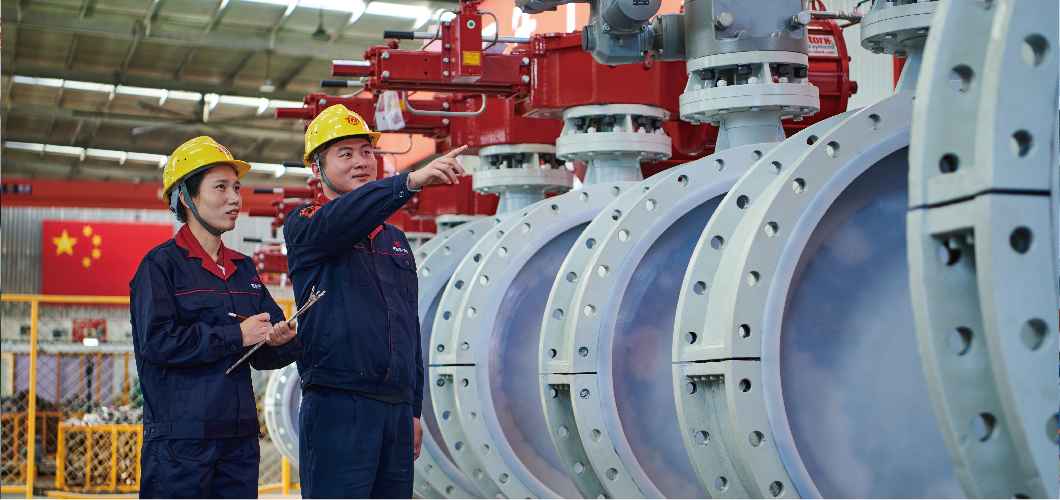
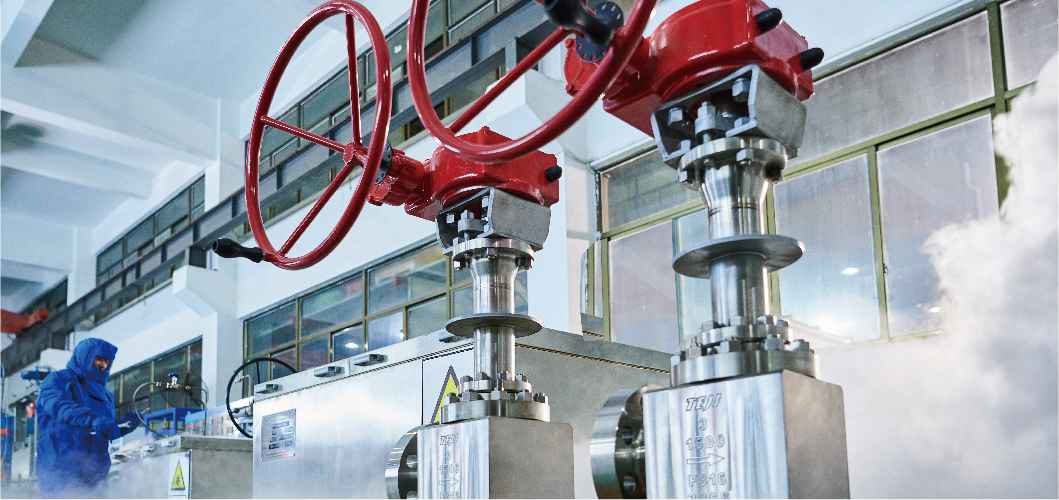
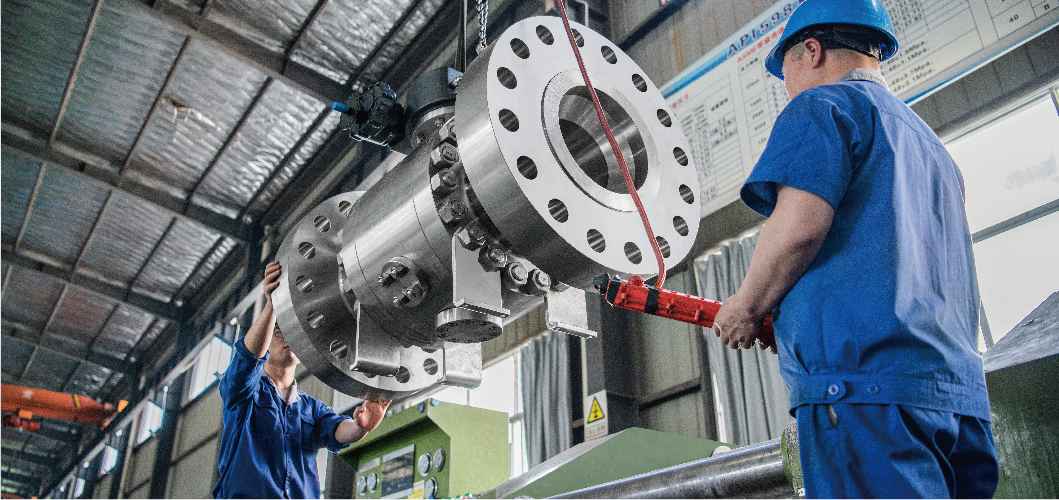
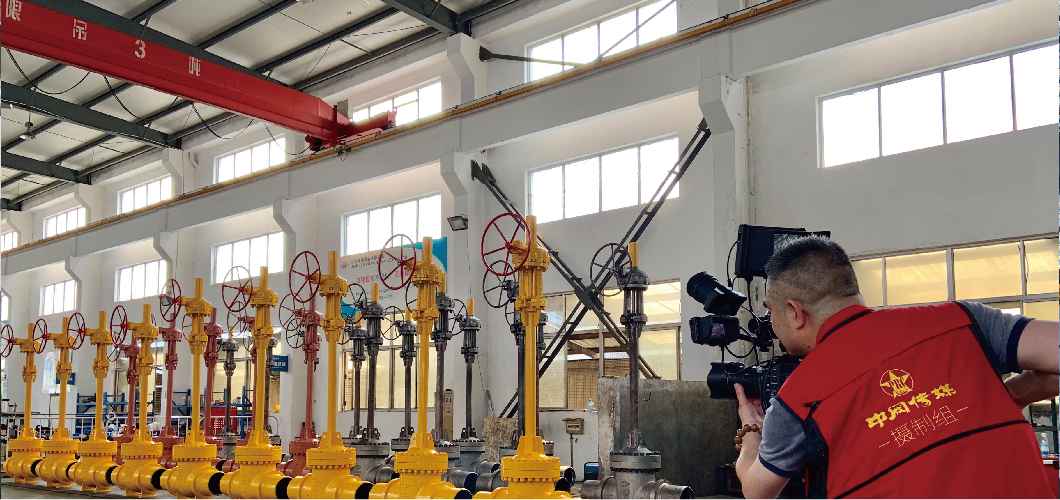
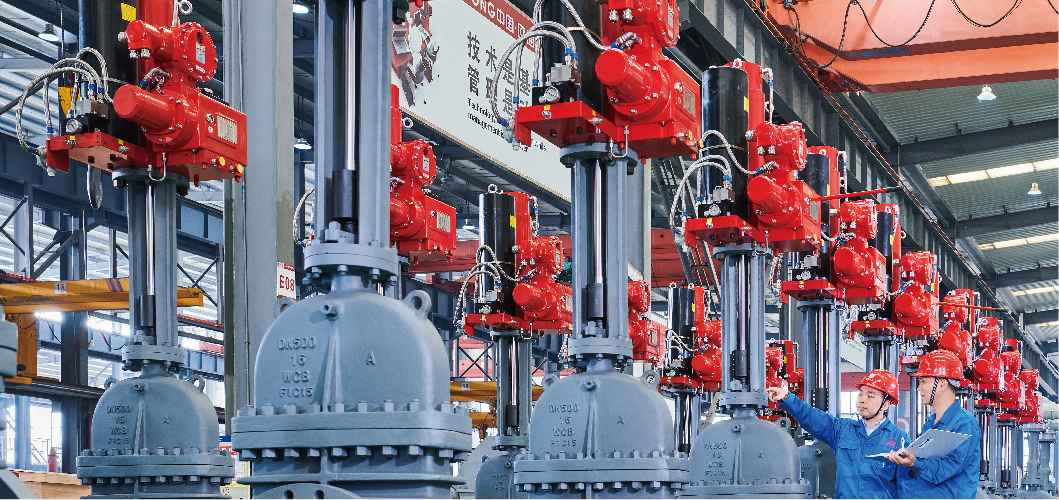
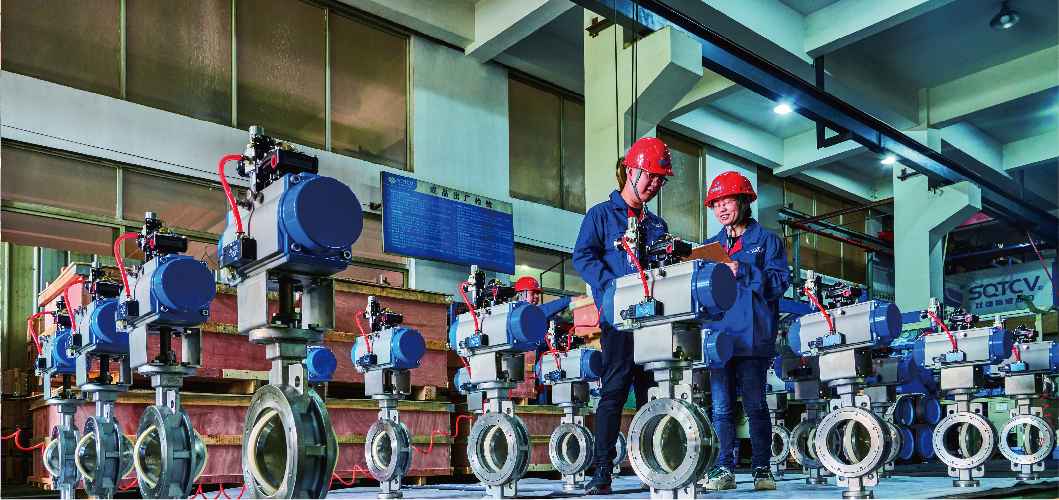
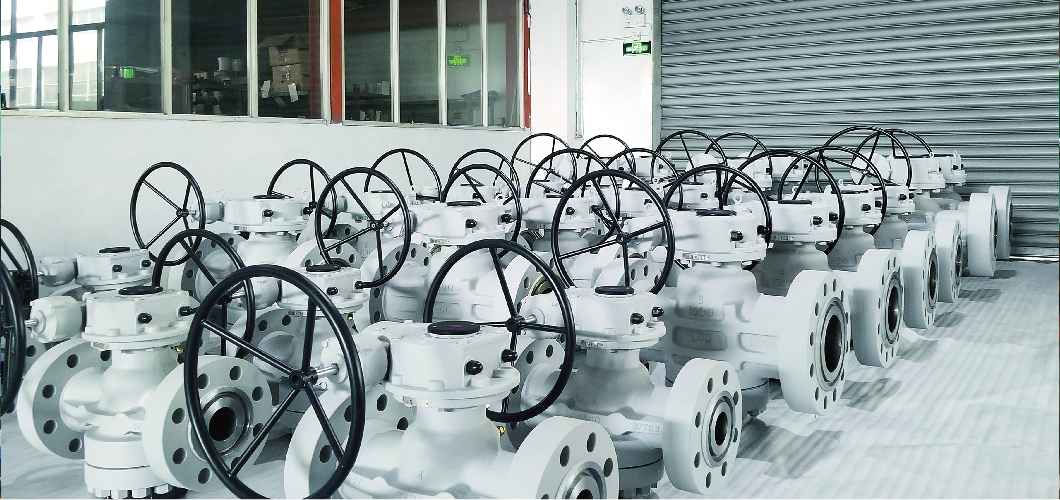
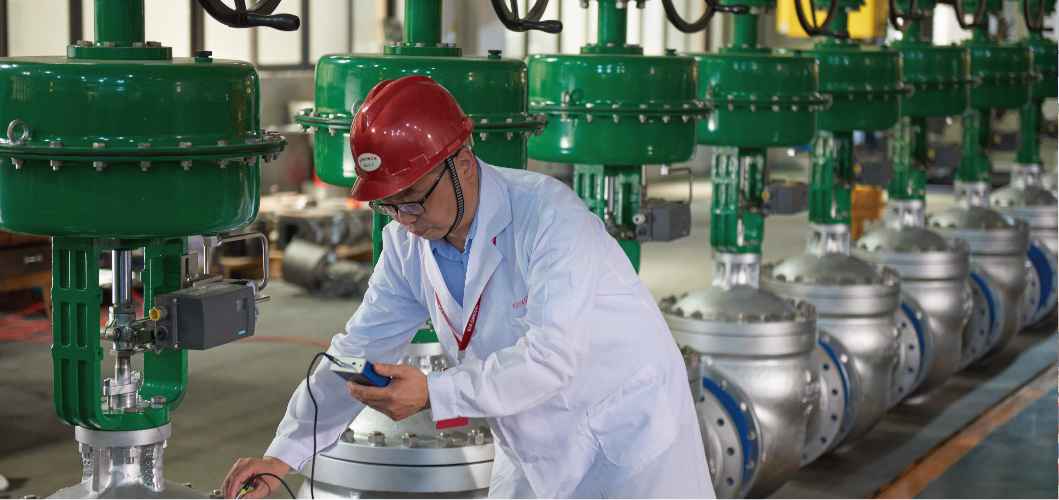
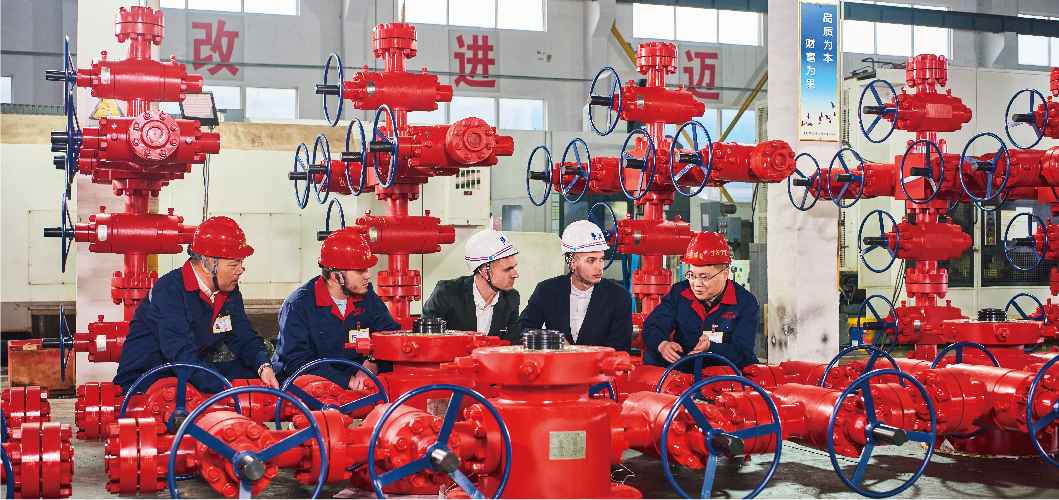
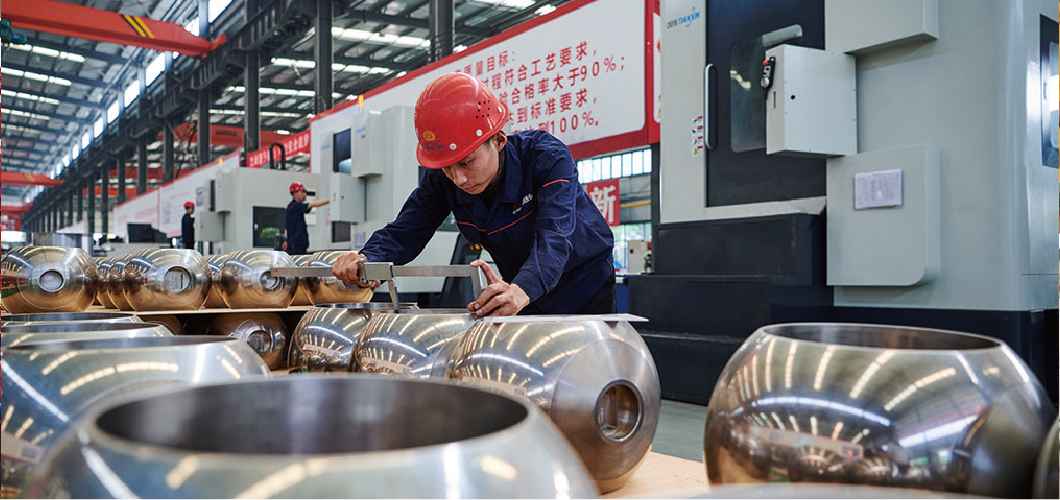
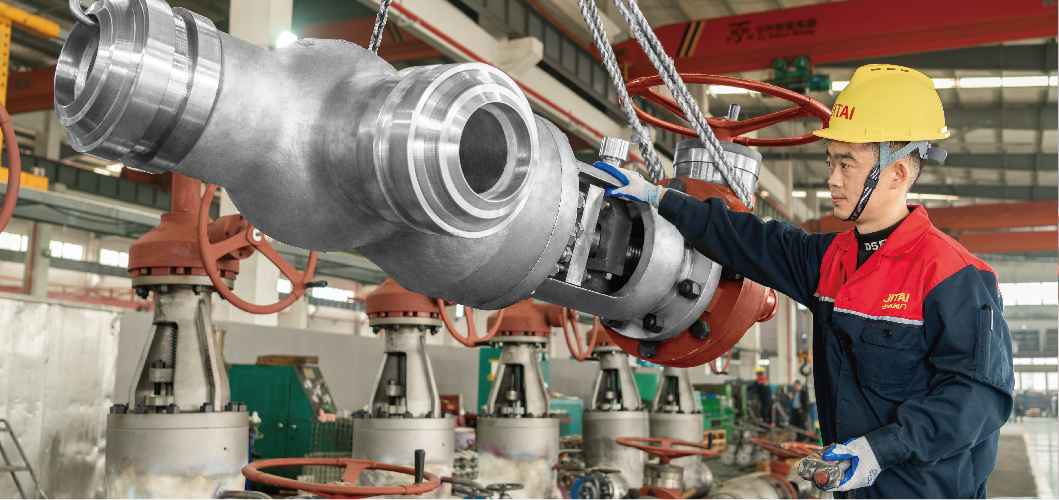
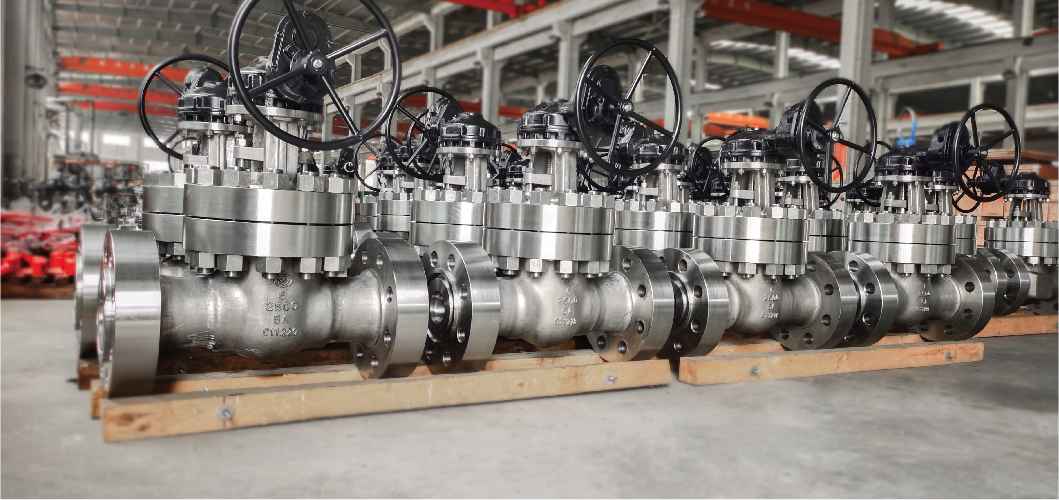
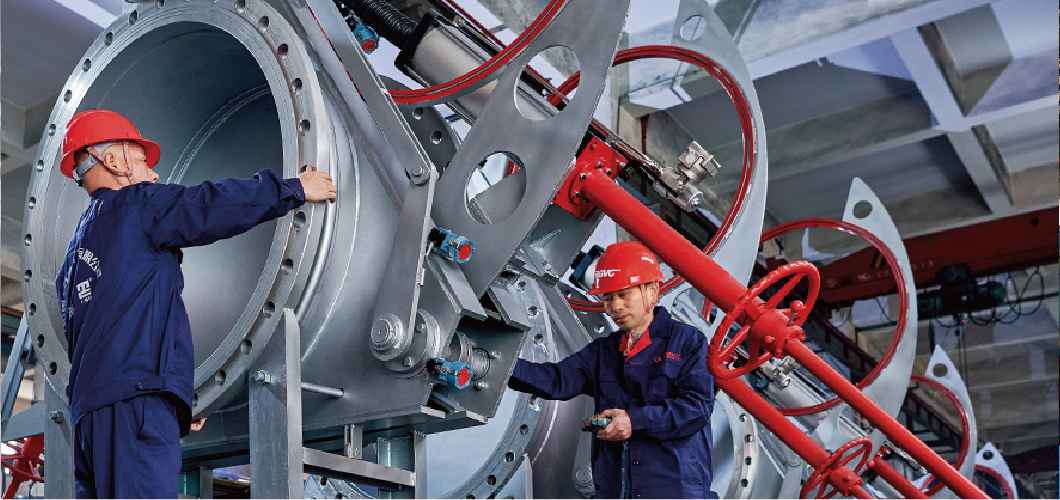
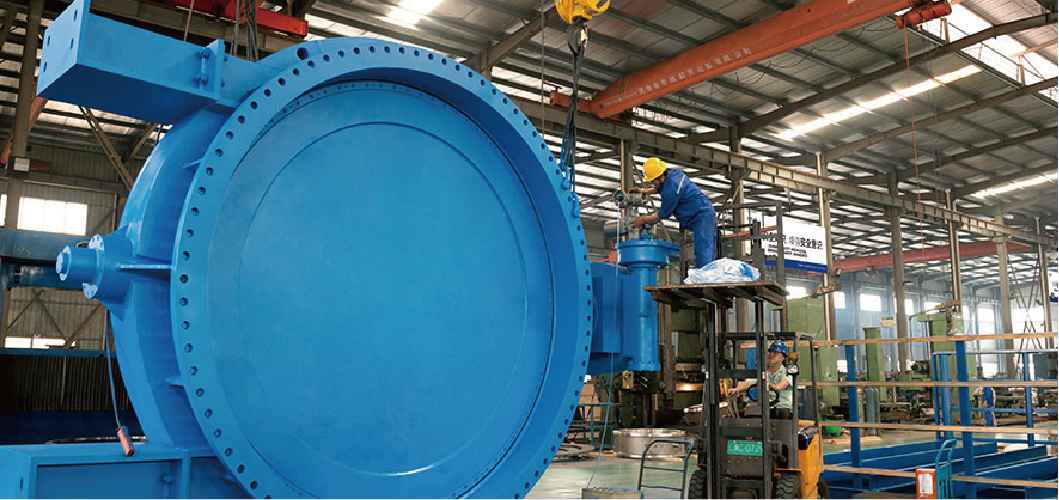




.jpg?x-oss-process=image/watermark,image_d2F0ZXJtYXJrL3dhdGVyXzI0MDUyMS5wbmc=,g_center,t_65)
.jpg?x-oss-process=image/watermark,image_d2F0ZXJtYXJrL3dhdGVyXzI0MDUyMS5wbmc=,g_center,t_65)
.jpg?x-oss-process=image/watermark,image_d2F0ZXJtYXJrL3dhdGVyXzI0MDUyMS5wbmc=,g_center,t_65)























































